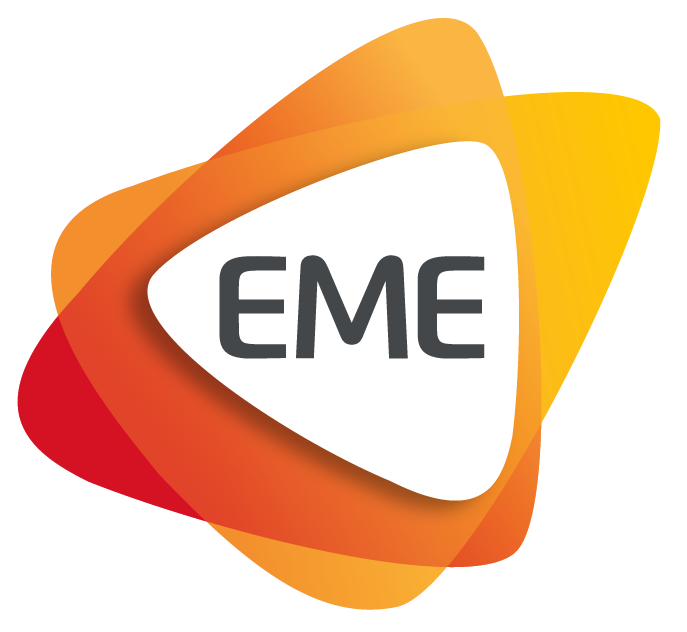
[astra_breadcrumb]
Best practices
Creating fictional personae for better understanding of the diverse target groups
#tool #targetgroup #diversity
The good practice in a nutshell
In the early part of the project, EVA bxl and its partners utilised the service-design process to create data-driven personae. The personae are based on user interviews, field research, and observations. Personae are fictional characters but still realistic as human beings. The personae are a conceptual design of targeted user group(s) that can serve to promote a common understanding during development of a product or service. Personae facilitate clarifying what someone’s world is made of and the person’s behaviour, needs, expectations, goals, etc. A persona often is composed of demographic and socio‑economic information, general information, psychological traits, and more specific information related to the design process for the service.
Personae can be developed in several ways. Here are some general rules.
- Start with some field research.
- Interview and/or observe the targeted user group(s).
- Find patterns in the interviews, and use those to group similar users together.
- Working from the patterns found, create archetypal profiles of those groups.
- Drawing from the resulting understanding of the profiles and the field research, create the personae.
- Share and discuss the personae with other team members and stakeholders.
- Adjust the personae if necessary.
The DIY (Development, Impact & You) toolkit provides a free template for creation of personae: https://diytoolkit.org/tools/personas/.
Once the personae are created, you can use them in your creative process. Personae are never used in isolation. They should be implemented in combination with processes, concepts, and methods that support and enhance their use – for example, in the development of a service or product.
In 2016, EVA bxl, in collaboration with the partners, developed four personae to gain better understanding and insight related to the situation of home-care services. Before you come up with solutions, you should frame the situation, listen to the various parties involved, and analyse the circumstances. Once the personae were created, we could move on to the next steps in our process: understand, reframe, generate ideas, define, verify (prove viability), and implement.
Developer or user
EVA bxl, Belgium
Target group
Partner organisations
Why it is needed
Personae help to create a common understanding of the target user groups among the various parties involved when one is developing a product or service. Personae enable the development team to identify with the target users, to communicate effectively with them, and to constantly bear in mind the need to integrate the user needs into the system design.
Resources
The method requires:
- field data directly from users – such as user interviews, observations, and field data – and indirect sources, such as a literature review
- templates for creation of the personae
- involved partners giving input
Expected outcomes
With this tool, the participants should end up:
- identifying the distinct groups of target users
- being aware of the multidimensional nature of a target user
- creating a common understanding of the target user
‘Do’s and ‘don’t’s
As your project changes over time, personae may be adapted and changed.
Applicability
Personae can be created in several situations. The range of application is very wide.
Quotes from the other project partners
‘This could be an interesting and eye-opening practice for employers who haven’t had non-native employees yet, as well as for the whole employment sector, which does not necessarily recognise the diversity of job-seekers’ (TAKK & Helsingin aikuisopisto, Finland)
